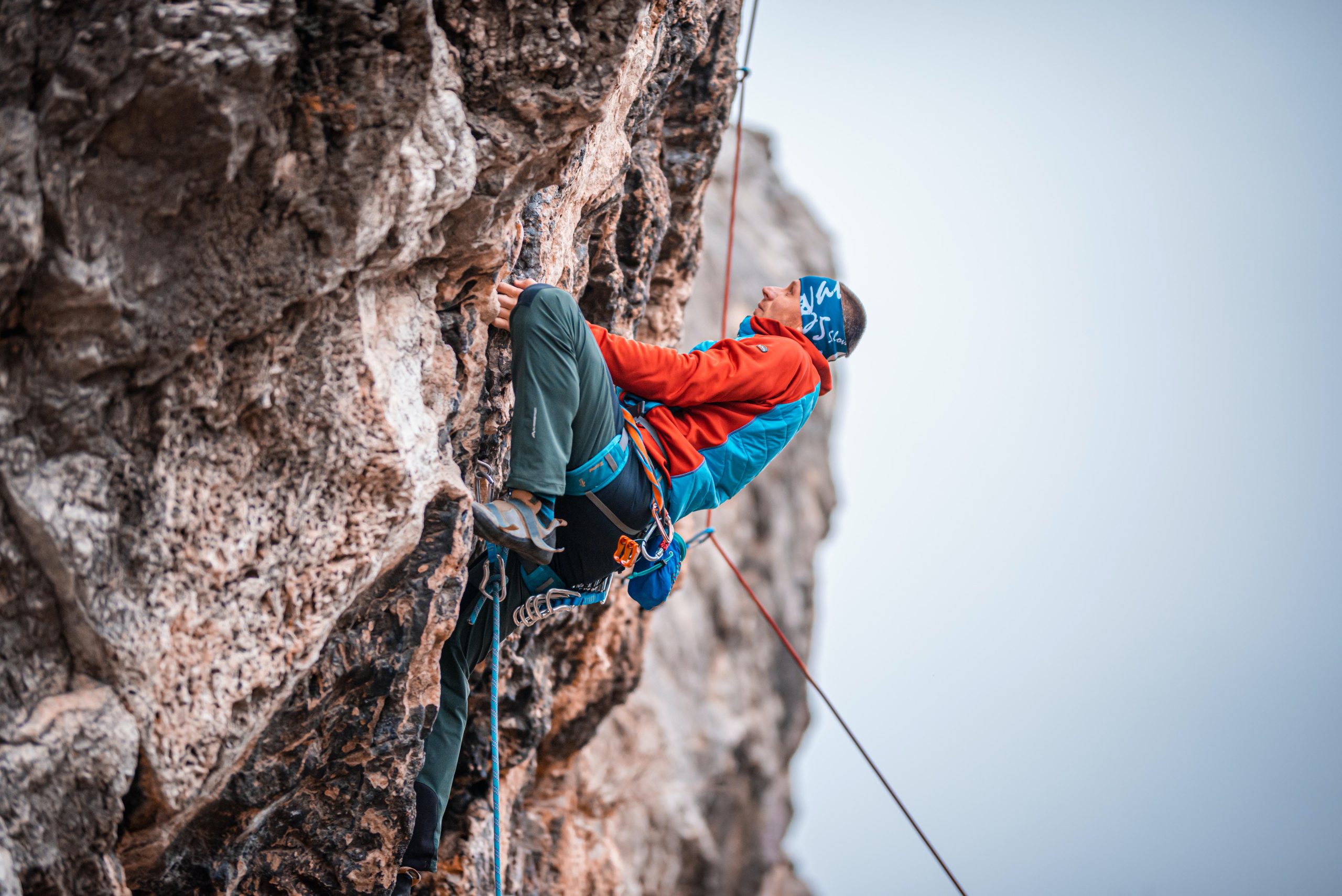How do athletes prepare for competitions at high altitudes and low oxygen environments?

From the snow-capped peaks of the Himalayas to the towering heights of the Andes, high altitudes have always presented a unique challenge for athletes. In these environments, the level of oxygen in the air drops significantly, making it difficult to perform the same exercises and tasks as at sea level. The key to overcoming this challenge lies in altitude training, a specialized form of preparation that many athletes now swear by. In this article, we will delve deep into this subject and explore how athletes use altitude training to enhance their performance.
Understanding Altitude and Hypoxia
Before we delve into how athletes prepare for high-altitude competitions, let’s first understand what altitude and hypoxia mean. High altitudes are defined as elevations above 1,500 meters (or roughly 5,000 feet) where the air is thinner and contains less oxygen. Hypoxia, on the other hand, is a condition where the body or a region of the body is deprived of adequate oxygen supply at the tissue level.
Additional reading : How do athletes use mindfulness and meditation for injury prevention and recovery?
Hypoxia is a critical factor that athletes must contend with during high-altitude competitions. According to a scholarly article available on Google Scholar (Chapman et al., 2014), at altitudes of 2,500 meters (or roughly 8,200 feet), the oxygen availability drops to around 75% of what it is at sea level.
The Principles of Altitude Training
The primary purpose of altitude training is to help athletes cope with the decreased oxygen availability at high altitudes. The basic principle here is to expose the body to hypoxic conditions so it can adapt and increase its endurance.
Also read : What are the psychological effects of sports-related scandals and controversies on athletes?
When an athlete trains at high altitudes, their body responds to the low oxygen levels by producing more red blood cells – the cells responsible for carrying oxygen. Over time, this increases the body’s oxygen-carrying capacity and endurance. This is a natural, biological response that can be triggered by spending significant time at high altitudes.
Additionally, athletes may also use simulated altitude devices and hypoxic chambers. These devices alter the oxygen content in the air, mimicking conditions at high altitudes. This allows athletes to train in hypoxic conditions without actually being at high altitudes.
Preparing for the Highs: Altitude Training Techniques
There are several altitude training techniques that athletes follow to increase their performance. Let’s delve into a few of them.
Live High, Train Low
This is the most popular form of altitude training among endurance athletes. The principle here is straightforward – live at high altitudes to reap the benefits of increased red blood cell production, but train at lower altitudes where more oxygen is available. This allows athletes to train at higher intensities, which would be impossible at higher altitudes due to less oxygen.
Live High, Train High
Here, both living and training take place at high altitudes. While this approach allows athletes to adapt to the conditions they’ll face during their actual competition, it also limits the intensity at which they can train because of the reduced oxygen levels.
Intermittent Hypoxic Training (IHT)
In this method, athletes train in short hypoxic exposures with recovery periods at normal oxygen levels. This can be carried out at high altitudes, or at sea level using simulated altitude devices.
The Science Behind Altitude Training
Now that we understand the principles and techniques, let’s delve into the science behind altitude training.
When you train at high altitudes, your body must work harder to deliver oxygen to your muscles. This stress response triggers the production of a hormone called erythropoietin (EPO), which stimulates the production of red blood cells. More red blood cells mean a higher oxygen-carrying capacity, leading to increased endurance.
Additionally, training in hypoxic conditions can also lead to physiological changes at the muscle level. For instance, it can increase the number and efficiency of mitochondria, the powerhouses of your cells. These adaptations can improve an athlete’s endurance and efficiency, potentially giving them an edge over their sea-level competitors.
However, it’s worth noting that altitude training isn’t a magic bullet for all athletes. The response to high altitude can vary significantly from person to person, and some athletes may not benefit from it at all. It’s crucial, therefore, for each athlete to monitor their response to altitude training carefully and adjust their training regime as necessary.
Altitude Training: Advantages and Disadvantages
Altitude training provides a host of benefits that can enhance an athlete’s performance. It primarily increases the body’s red blood cell count, which in turn boosts the oxygen-carrying capacity and endurance. This is particularly beneficial for endurance athletes, who need to maintain a high level of performance over extended periods.
Moreover, training in hypoxic conditions can lead to physiological changes at the muscle level. It has been observed that such training can increase the number and efficiency of mitochondria, the cell’s powerhouse. This adaptation can improve an athlete’s endurance and efficiency, potentially giving them a leg up over their sea-level competitors.
Besides physical adaptations, altitude training can also provide psychological benefits. Training in challenging high-altitude environments can enhance an athlete’s mental toughness and resilience, traits that are incredibly valuable in competitive sports.
However, altitude training is not without its drawbacks. First and foremost, high altitude and hypoxic conditions can be tough on the body. Symptoms like headaches, fatigue, and nausea, collectively referred to as acute mountain sickness (AMS), can occur. These symptoms can be a significant impediment to training and can require time for adaptation.
Additionally, the body’s response to altitude can vary from person to person. While some athletes may see substantial improvements, others may not experience any benefit or could even see a decline in their performance. Therefore, it is crucial for athletes to monitor their response to altitude training carefully and adjust their training regime accordingly.
Conclusion: Striking a Balance
Preparing for competitions at high altitudes is a complex process that requires careful planning and consideration. The science of altitude training has evolved significantly over the years, but the fundamental principles remain the same – expose the body to hypoxic conditions and let it adapt.
Altitude training offers several benefits, including increased red blood cell production, enhanced endurance, improved muscle efficiency, and mental toughness. However, it also poses challenges such as acute mountain sickness and varying responses among individuals. Therefore, athletes must strike a balance between leveraging the advantages of altitude training and mitigating its potential drawbacks.
It’s important to remember that altitude training is not a one-size-fits-all solution. What works for one athlete may not work for another. A well-planned and individualized approach, backed by solid scientific research and guided by experienced professionals, is key to unlock the potential of altitude training. The journey to the peak is demanding, but with the right preparation, athletes can conquer not just the summit but also their personal bests.
